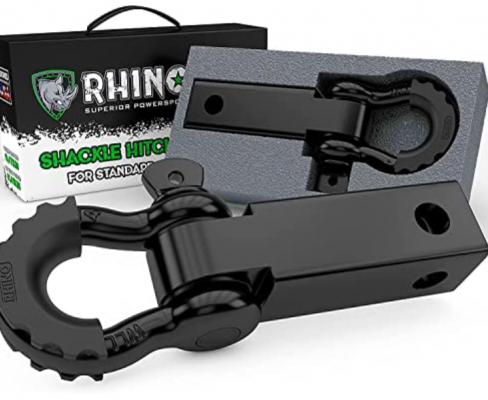#4- This is #4 just because it popped into my head , so I better write it down before I totally forget it…
Trying to avoid getting stuck in the first place. This again applies more to your Solo Trail Flights, where getting stuck is a Solo Recovery, which can turn into a Solo Rescue depending on the circumstances.
A. Don’t be too lazy to get out and walk the Trail if it looks sketchy. I do this all the time. I don’t like getting stuck. Having to Self-Rescue, is not a fun day on the trail for me.
B. Turn the steering wheel left n right, left n right. It works well in sand and mud, not so much in big rocks..lol
C. If you have lost your momentum ….STOP, more throttle, will often ensure a longer recovery..Assess, make a plan
D. TRAIL CONTROL - If your Raptor is equipped with the Trail-Control, that can help get you out. You set it to 2-3mph, go from Drive to Reverse…Repeat, accompanied by turning the wheel left to right and boom, your crawling out.
All the Shixt the computer is doing to make the Trail-Control do it’s thing, is beyond my comprehension..so don’t ask, maybe
@FordTechOne can explain it in layman’s terms.
I do know that when I was up on a Ridge Line, that I never should have been on..my drivers side rear slid over the edge, I got that feeling in my stomach that this may be my Last Trail. As soon as I felt it slide off, I stopped. I went to 4-Low Rock Crawl, set the Trail-Control to 2mph and it pulled me back up on to the MFING Razor Trail





I think there may be a YouTube video or two of using the TC to get yourself out, BEFORE you bury yourself to the frame











